Eurocom Q5 Max-Q Gaming Laptop Review
Why you can trust Tom's Hardware
Price Analysis & Conclusion
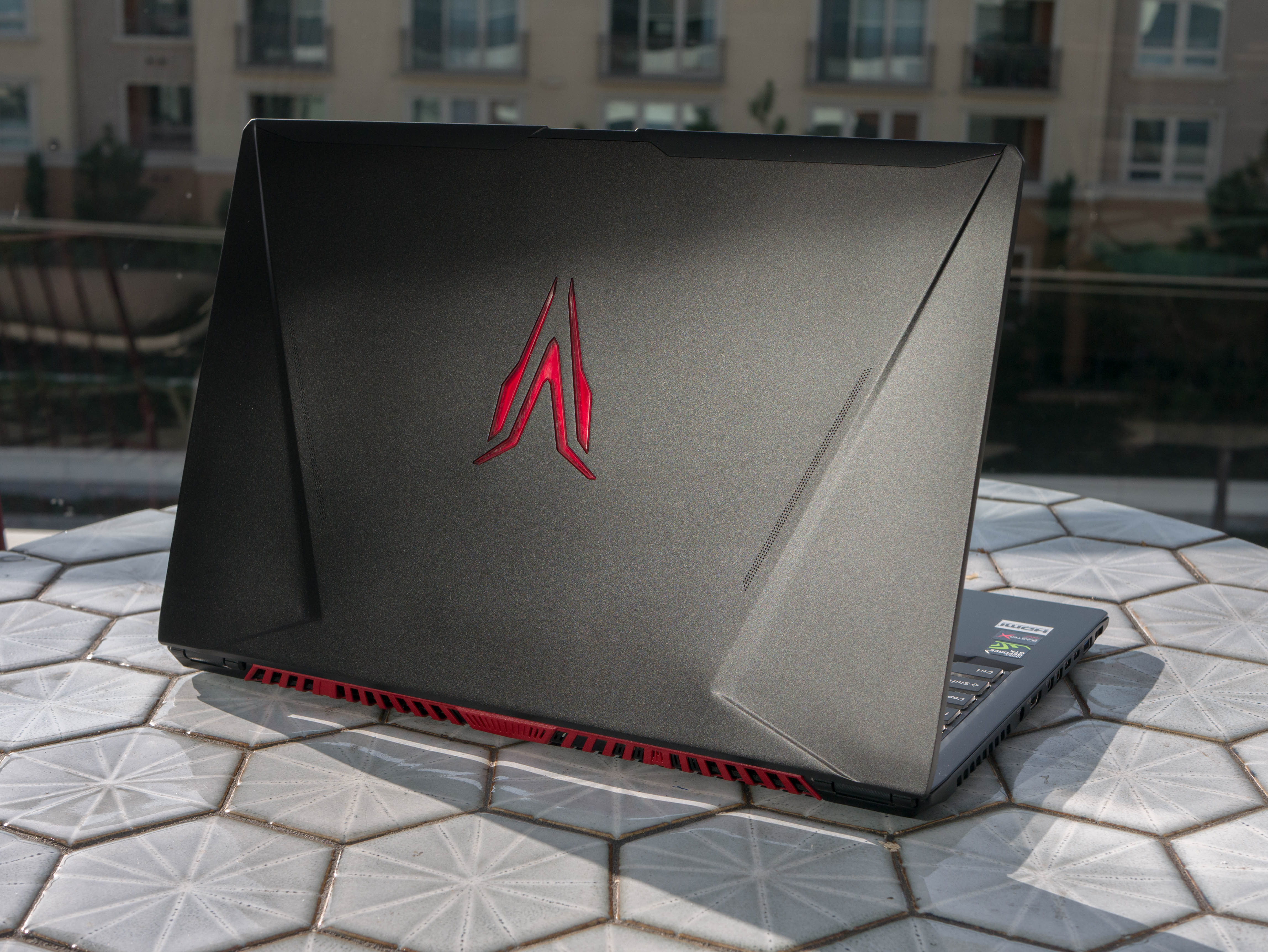
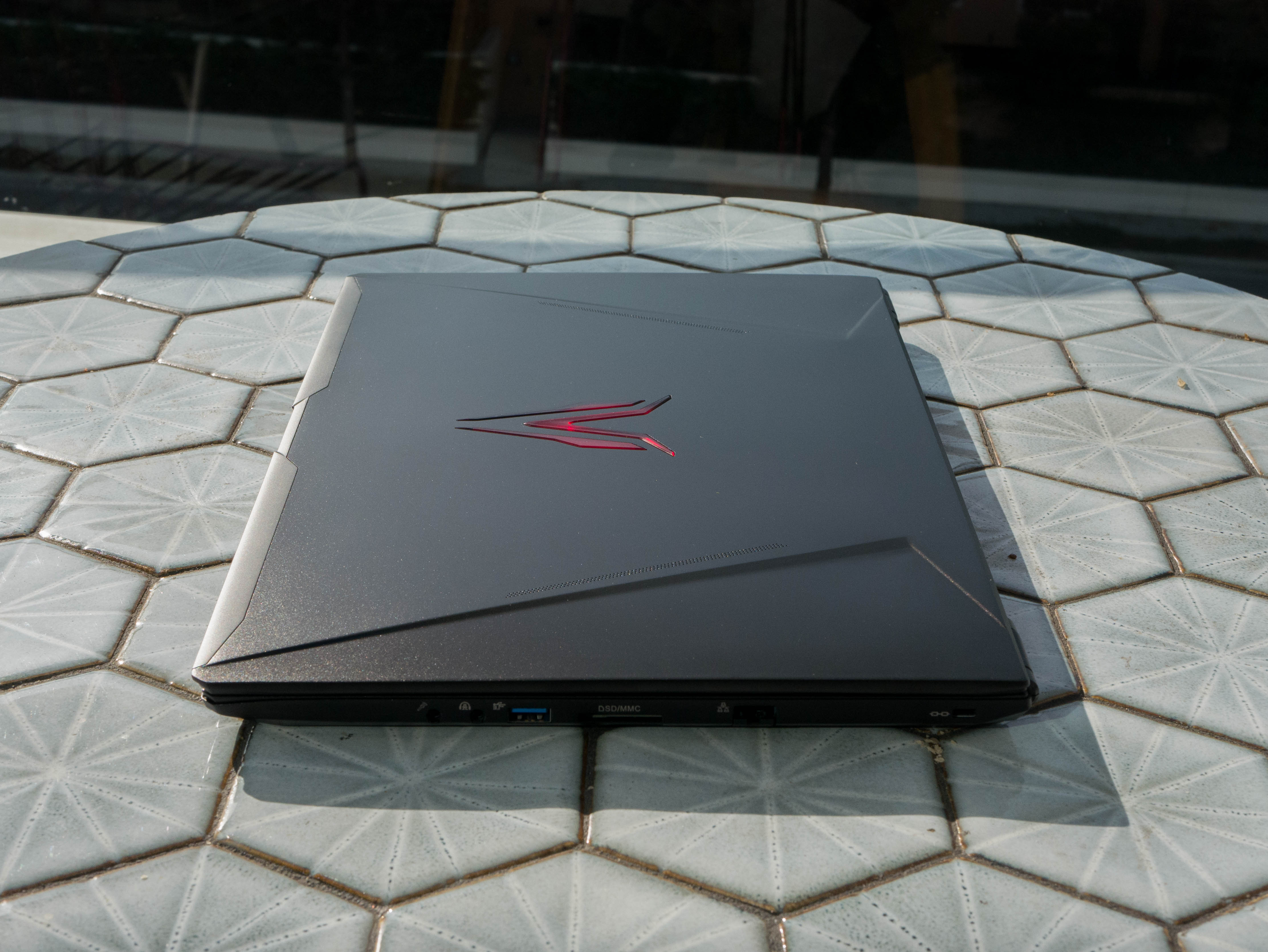
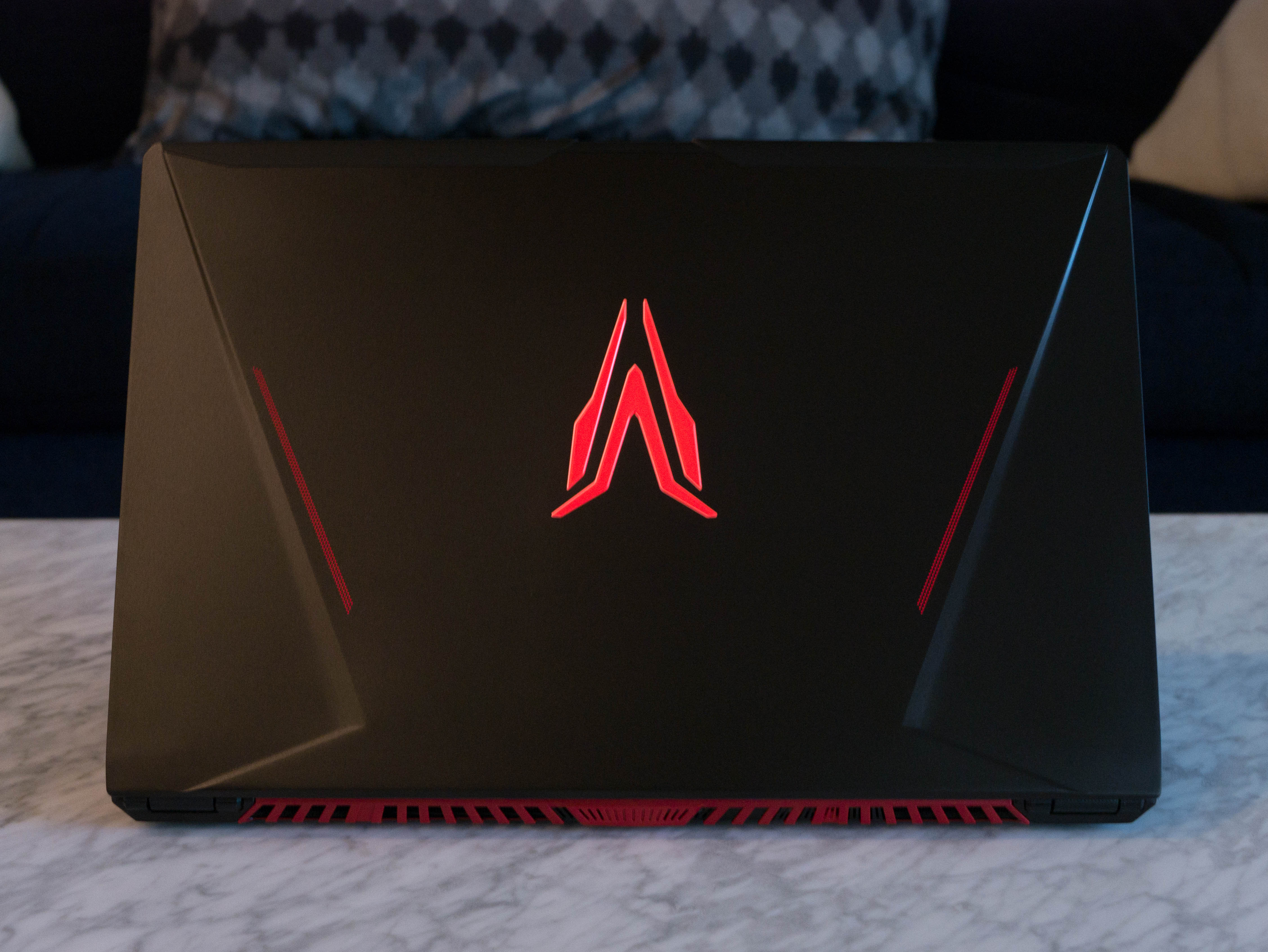
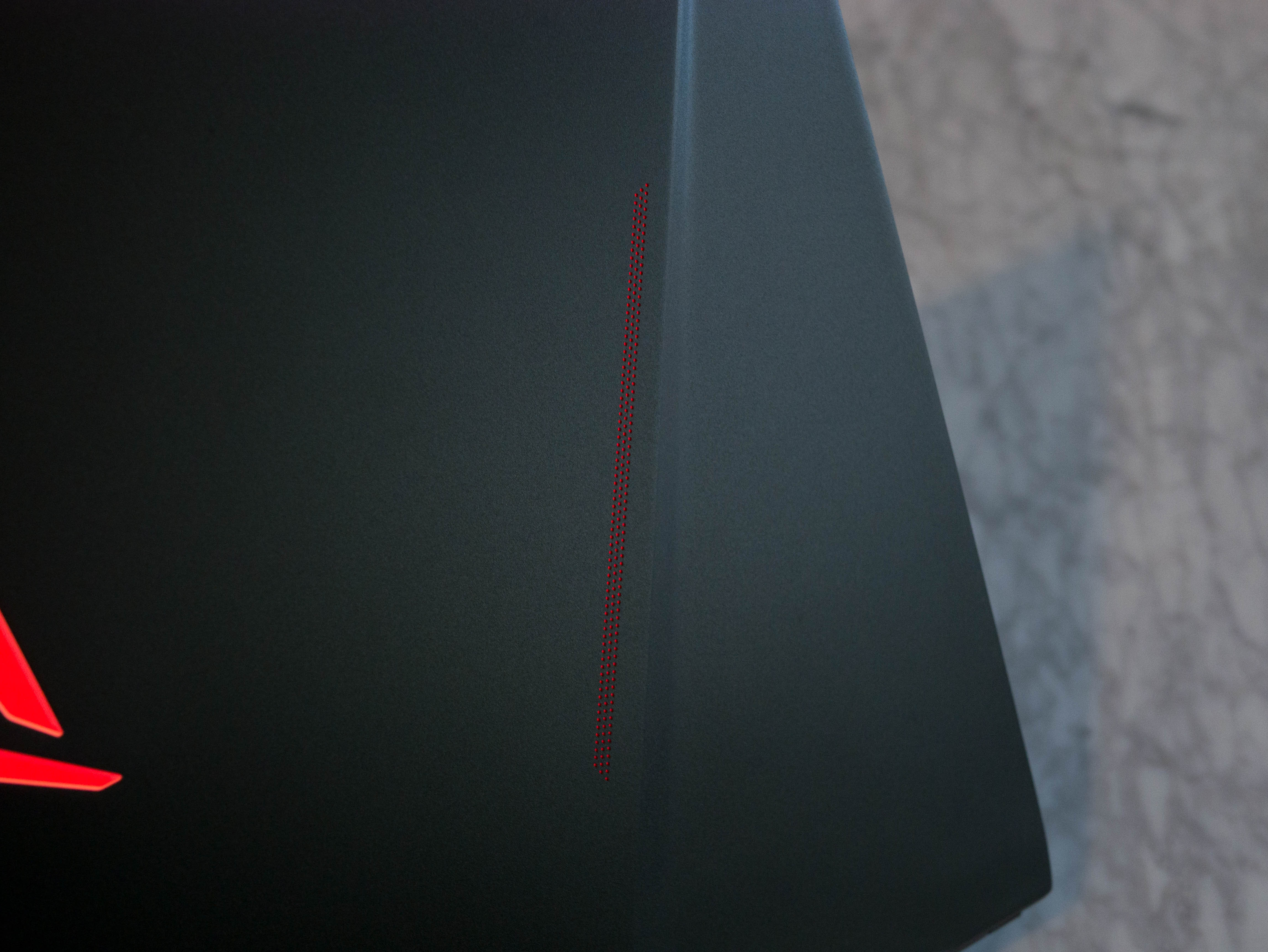

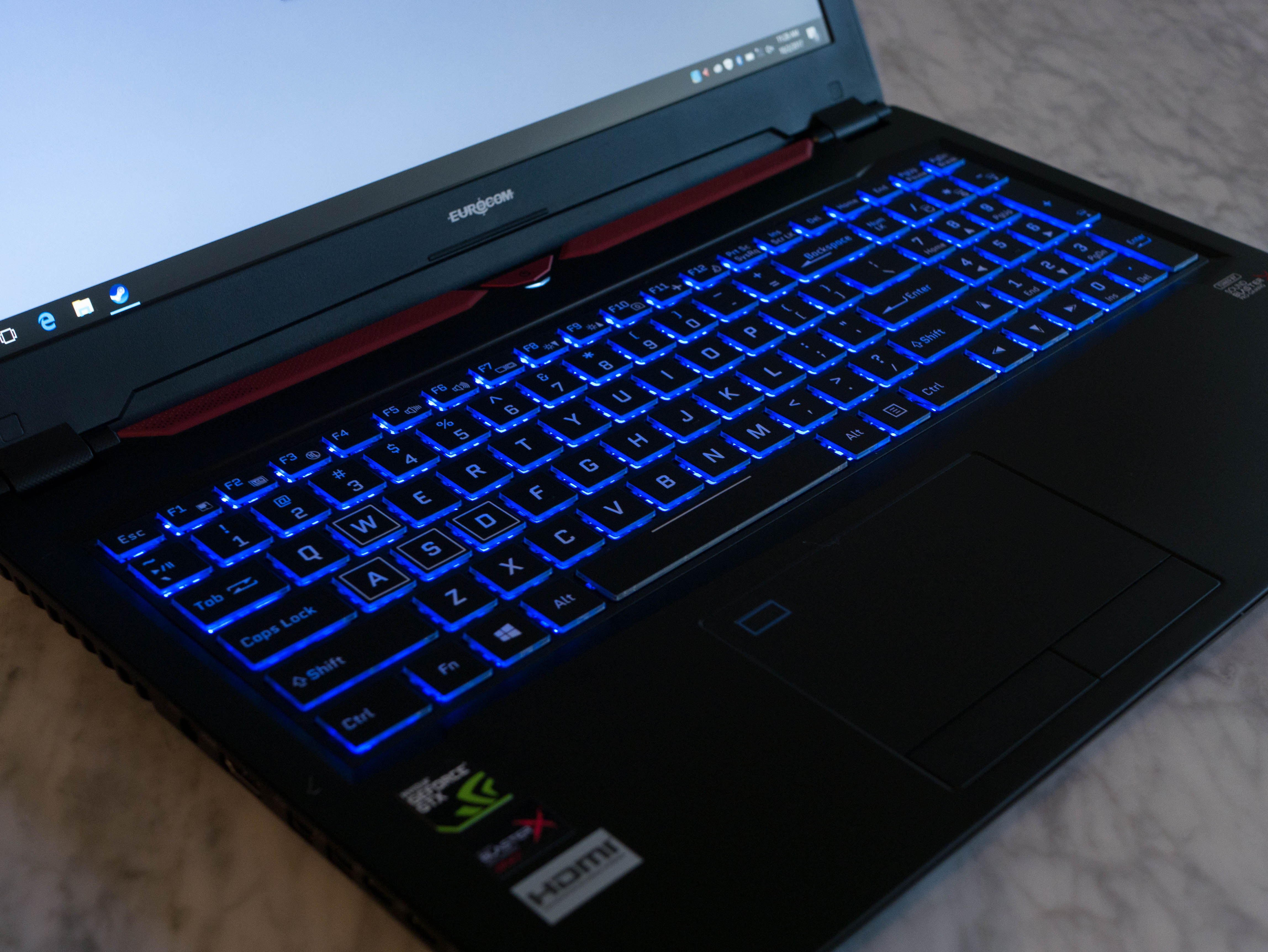
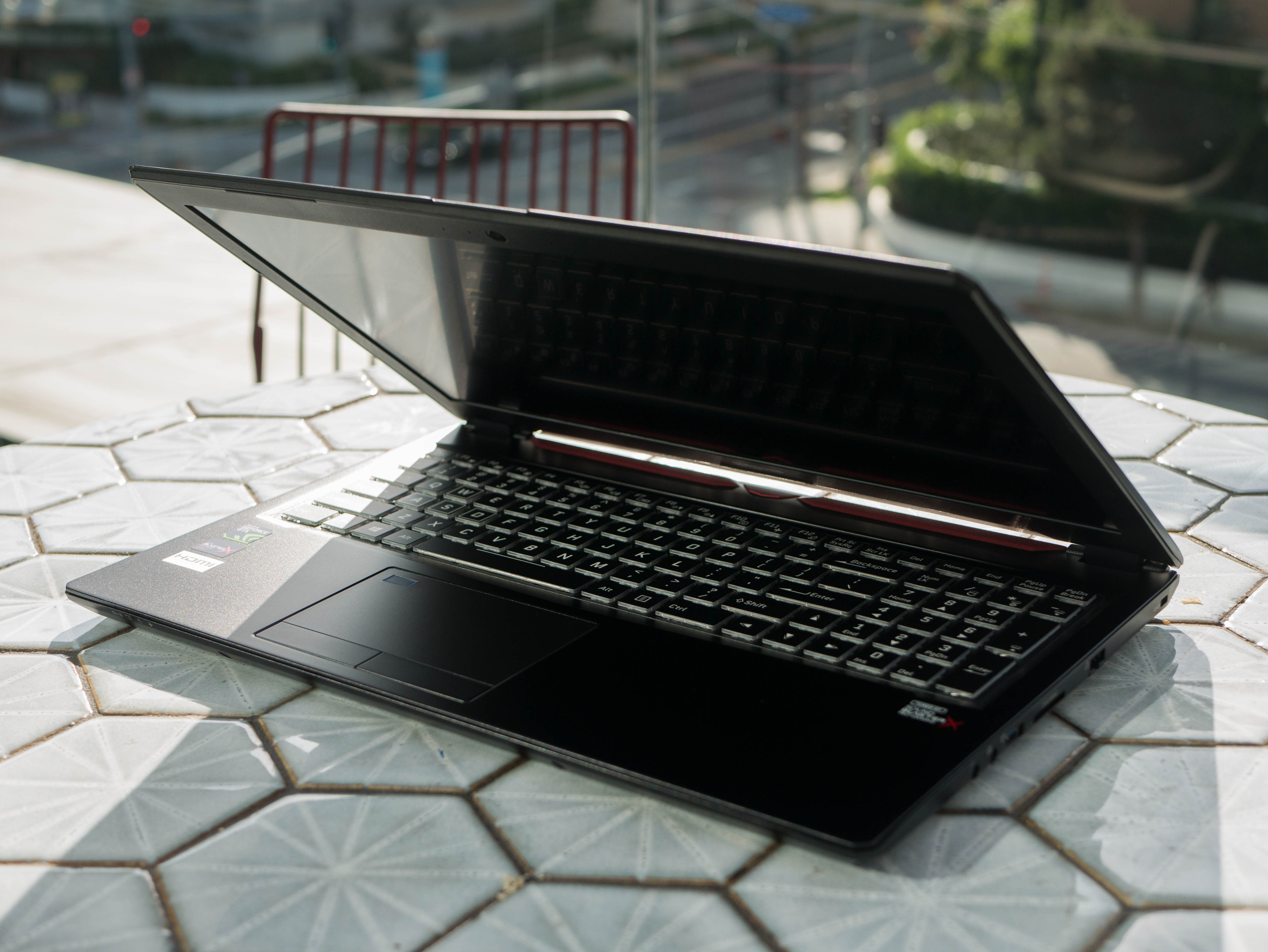
With the advent of Nvidia’s Max-Q Design GPUs, laptop manufacturers got the tools to make thinner and lighter laptops with only a minimal reduction in performance. The Eurocom Q5 is a noteworthy example, closing in on excellence if it weren't for its price, but more on that later.
The Eurocom Q5 doesn’t exactly top any of our benchmarks, but we pitted it against a formidable competitive cast. The GTX 1070 Max-Q is basically a traditional GTX 1070 with less power draw and a lower clock rate, after all. The Q5 trails the MSI GE63VR Raider, which has a full-fledged GTX 1070, but not by much. Across the board, the GTX 1070 Max-Q lands squarely between that laptop with its regular GTX 1070 and the Acer Predator Helios 300, with its GTX 1060. Where the Q5 stands out from the crowd is with its 512GB Samsung 960 Pro, which provides impressive read and write speeds at QD2.
We’re happy to report that the Q5 doesn’t trail the MSI Raider by much in a majority of the games in our suite. In some cases, such as Grand Theft Auto V or Hitman, the performance difference falls within one frame, and in GRID Autosport the Q5 maintains a higher frame rate. In many cases we also found that the GTX 1070 Max-Q’s clock rate doesn’t reach its maximum boost frequency. In fact, the GPU only reaches its maximum boost clock in particularly GPU-intensive titles, such as Rise of the Tomb Raider or The Division; the reduced power draw diminishes performance significantly in such titles.
The Eurocom Q5 performs within an acceptable thermal window, which is crucial considering how thin its chassis is designed. Our Optris thermal images illustrate rather high temperatures ranging from 78°C on the GPU heatsink up to 84°C on the heat pipes. The GPU-Z log depicts the GPU diode’s actual temperatures, with an average of around 73°C, or well within safe operating temperatures. The Asus Zephyrus and Aorus X7 run hotter than the Q5, and rightfully so: the Zephyrus has a GTX 1080 Max-Q and more restrictive cooling, whereas the Aorus has a standard GTX 1080 that generates even more heat. The Raider and Helios run cooler for similar reasons: the Raider has a wider chassis, and therefore better cooling, while the Helios runs a less demanding GTX 1060. To sum up, the Q5 runs exactly as hot as we expected it to.
Max-Q Design GPUs are capable of achieving most of a conventional GPU’s performance within a smaller power envelope, so theoretically, a Max-Q laptop will last last longer than a traditional gaming laptop. In practice, this isn’t necessarily the case, because laptop manufacturers offer models with varying battery sizes. Capacity is king. At the very least, the Eurocom Q5 delivers well over an hour of uninterrupted playtime thanks to its 60Wh battery. Meanwhile, the MSI Raider is left with a regular GTX 1070 and a smaller 51Wh battery, so it's no surprise that it doesn’t stack up against the Q5. The laptops that last longer—the Aorus and Acer—do so because they have adequately sized batteries for their intended GPUs.
Our biggest technical criticism of the Q5 is its display. TN panels are notorious for having poor contrast, unbalanced RGB levels, and inaccurate grayscale and color accuracy. Unfortunately, the Q5’s TN display is no exception. The Q5 has a particularly poor grayscale DeltaE 2000 of 11.7791, among the worst scores we've seen. On the other hand, the Q5’s fast 120Hz refresh rate makes for a smooth gaming experience, given the Q5 can push frame rates close to 120 FPS. This only occurs in a few games in our benchmark suite, but we also test at the highest possible settings. And yet, in most cases, not only will reducing your settings to reach 120 FPS diminish the visual fidelity, the inaccurate TN display will hinder your images further.
The Q5’s build quality is undoubtedly one of its strongest selling points. Many thin-and-light laptops come to market with some sort of vulnerability here, like flimsy panels or poor construction. The Q5’s titanium aluminum alloy construction has virtually no weak points, and yet the laptop remains light and portable. The understated design has just the right amount of aggressive angles and lighting to invoke a gamer aesthetic without being gaudy.
Get Tom's Hardware's best news and in-depth reviews, straight to your inbox.
The Q5 configuration that Eurocom sent us costs $2,729, which is an unreasonable amount to ask, considering it only has a GTX 1070 (albeit Max-Q). In fact, the Q5 even costs more than the Zephyrus configuration (with a 1080 GPU) we previously tested, at $2,700. The Aorus only costs about $170 more than the Q5 and blows it out of the water in nearly every performance metric. Furthermore, the Helios 300 costs less than half the price of the Q5 while offering competitive performance.
But this is largely the result of vendor markups. According to Eurocom’s configuration page, the 512GB Samsung 960 Pro tacks on $666. Also, our configuration doesn’t include an HDD. By default, the Q5 has a 500GB 7200 RPM Hitachi Z7K500 hard drive; removing the hard drive adds $11 to the final cost. Upgraded memory will cost a premium as well; 16GB of DDR4 RAM adds at least $163. Furthermore, the 120Hz TN panel drives the cost up by $150. This means that you can purchase a Q5 with a GTX 1070 Max-Q for as little as $1,740, nearly $1,000 less than the configuration we were sent. We recommend choosing your desired display through Eurocom’s configurator and upgrading the memory and SSD yourself. This approach will net you the same performance as our configuration while saving you several hundred dollars.
And that would be worthwhile, because otherwise the Eurocom Q5 is an attractive laptop with excellent build quality and performance.
MORE: Best Gaming Laptops
MORE: Gaming Laptop Previews
MORE: All Laptop Content